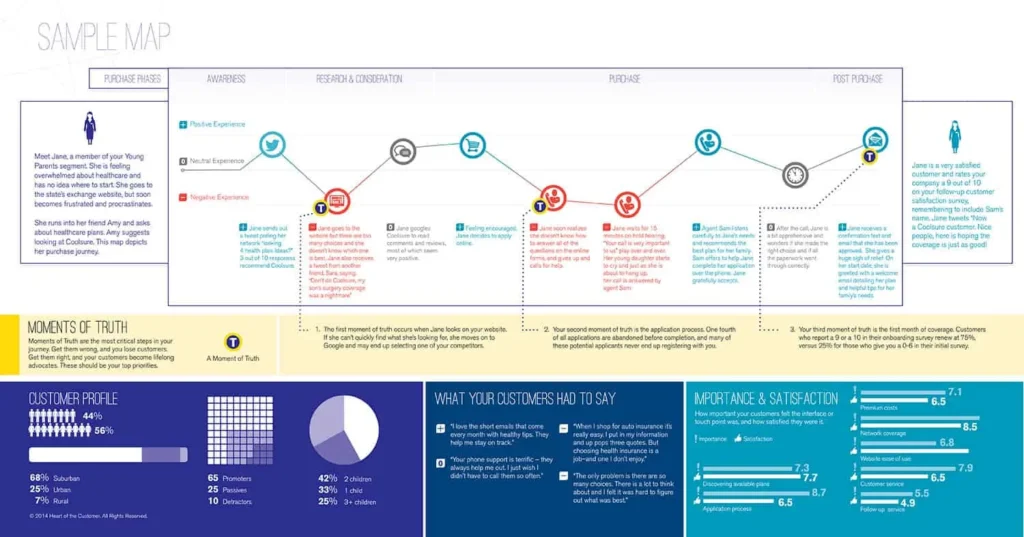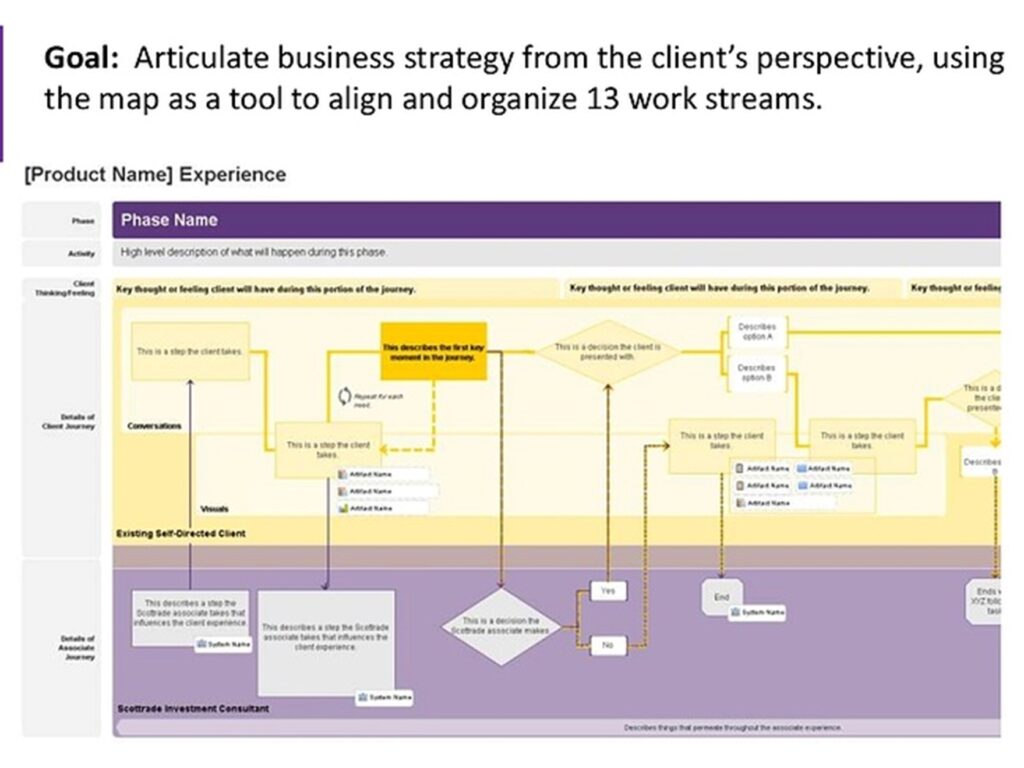Do you really know the experience that users live with your product or brand? Did you know that all the purchases we make involve a purchase process?
This process is known as the Customer Journey and is responsible for covering all the phases that a person goes through from the moment they identify they have a need until they acquire a product or service to solve it.
The relationship consumers have with a brand lies in how it makes them feel. Of course, focusing on the customer journey has become the main differentiating factor from other competitors, even above the price and the product or service offered.
So, pay close attention to this article and find out what the Customer Journey is and how you can create your own. Take notes!
What is the customer journey?
Customer Journey is the “journey” path that a customer follows since acquiring a product or service based on a need that arises.
It can also be said that it is a model that allows you to monitor the behavior, needs and problems of your target audience during the purchase process. This process can be as short as a few minutes in the case of low-cost products that people buy impulsively, or it can last months or more than a year in some cases.
Designing a Customer Journey for each of the products or services you offer will help boost your conversions and online sales.
Therefore, it’s important to define and map this consumer journey since it allows you to understand the entire purchase process, what are the Buyer Persona needs at all times, how they investigate and what type of information they need in each phase to be able to continue moving forward.
One thing to keep in mind is that we need to have our buyer personas very well defined before we can build the customer journey. If you want more information about what the buyer persona is, don’t miss this post.
How to create a Customer Journey Map
There’s not a single model that can be applied to all companies, since each product or service requires a different consumer life cycle.
Related to experiential or emotional marketing, the development of this map is guided by some neuromarketing techniques. The Customer Journey relies on that there is a great opportunity to differentiate yourself by getting emotionally close to your customer needs.
To create this customer map, the following elements must be taken into account:
- Customers
- Timeline
- Contact points
- Chosen channels
- Customer emotions in each of the interactions
- Identify the customer: Create a profile as complete as possible of your client by developing the buyer persona to know in depth their day to day, their tastes, what they are concerned about and in what they show the most interest.
- Understand the stages of the relationship that the customer perceives: Connect and attract them, guide them, interact with them, retain them and make them recommend you.
- Identify your motivations and doubts: The clients’ behavior is different if they are looking for something generic or if they are already focused on your product. It’s important to be aware and understand what they are looking for and need in each phase, this will help you to better interpret their behavior.
- Map the touchpoints: Know from which channels they have come to you and the feeling you have caused them in the process: good, neutral or bad.
If you manage to do an excellent job meticulously performing the customer map, you will determine exactly what your customers are looking for and you will improve your strategies by making them more effective. Also, creating content relevant to your buyer’s needs allows you to establish trust and stand out from your competitors.
Types of Customer Journey Maps
There are four types of customer journey maps, each with its own advantages. You should choose the map that suits your specific purpose.
1. Current State
This is the most used type of customer journey map.
They are used to continuously improve the customer journey. They visualize the actions, thoughts, and emotions your customers currently experience when interacting with your company.

2. Day in the Life
These customer journey maps visualize the actions, thoughts and emotions your customers are currently experiencing in all the activities they participate in on a daily basis. They are best used to address unmet customer needs before customers even know they exist.
It also provides a broader perspective of your customers’ lives and what their real life pain points are.

3. Future State
These customer journey maps visualize what actions, thoughts, and emotions your customers will experience in future interactions with your company.
These maps are best used to illustrate your vision and set clear, strategic goals.
4. Service Blueprint
These customer journey maps start with a simplified version of one of the above map styles. They then overlay the factors responsible for delivering that experience, including people, policies, technologies, and processes.
These maps can be used to identify the root causes of current customer journeys or to identify the steps needed to achieve future customer journeys.

Conclusion
Creating a Customer Journey will help you to design better processes, truly understand every stage your client or consumer goes through and offer them a better service.
After getting ready those Buyer Personas, the next step to complete your Marketing Strategy is to take some time to define a Customer Journey to identify how you can make your customers fall in love with you.
If you want help to design and map your customer journey, don’t hesitate to contact us!
We will be more than happy to help.
